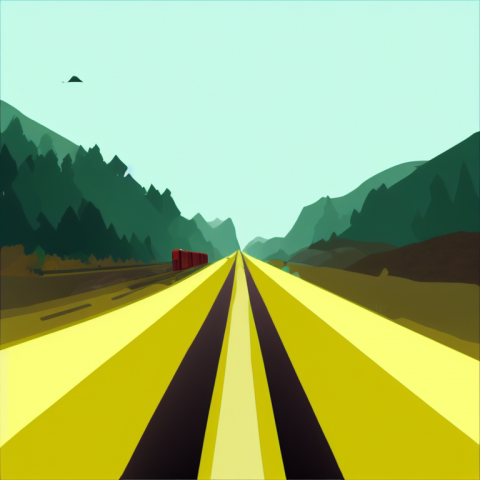Artificially generated images have aesthetically pleasant properties which can hypnotize the viewer. This might be not surprising, as they are built with the neural networks imitating how we visually perceive the world. One of the impressing abilities of generative AI imagery is to interpret a given image. This function closely resembles pareidolia.
Pareidolia is a psychological phenomenon in which people see familiar patterns or images in random or ambiguous stimuli. This can include seeing faces or shapes in clouds, or perceiving meaningful shapes in abstract patterns. Interpreting meaningful shapes into random images is widely used by surrealists in their works with techniques, such as “Exquisite Corpse, Frottage, Grattage or Decalcomania”.
Image-to-image generation models are a type of AI-powered model that take an input image and generate a corresponding output image, often with the goal of transforming the input image in some way. This new way of „semantic shading“ opens countless ways to create the new aesthetic of a emerging age of artificial intelligence assisted art -and world.
In the following are several interpretations of animated works, with the videos which were entered as an input for image-to-image generation.
